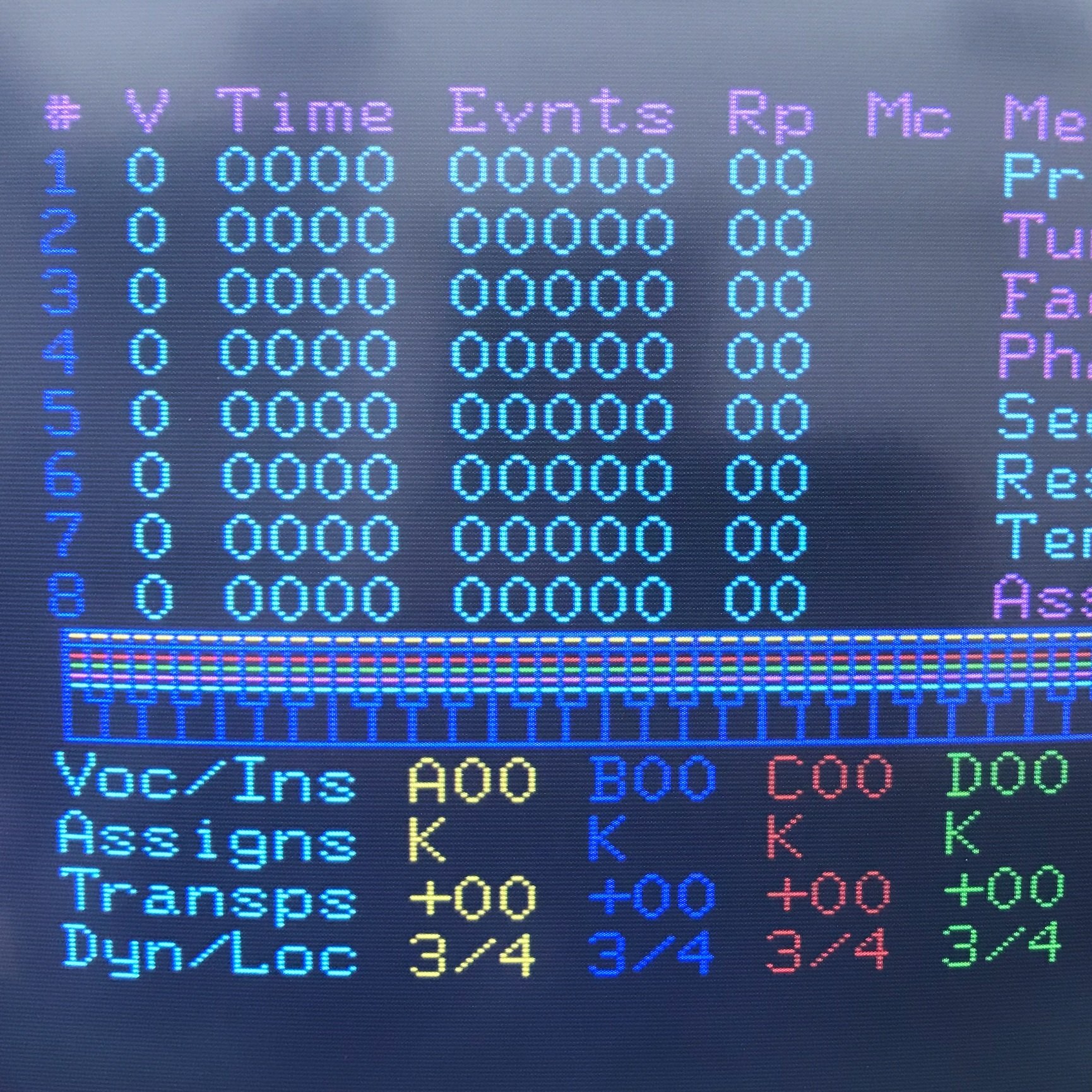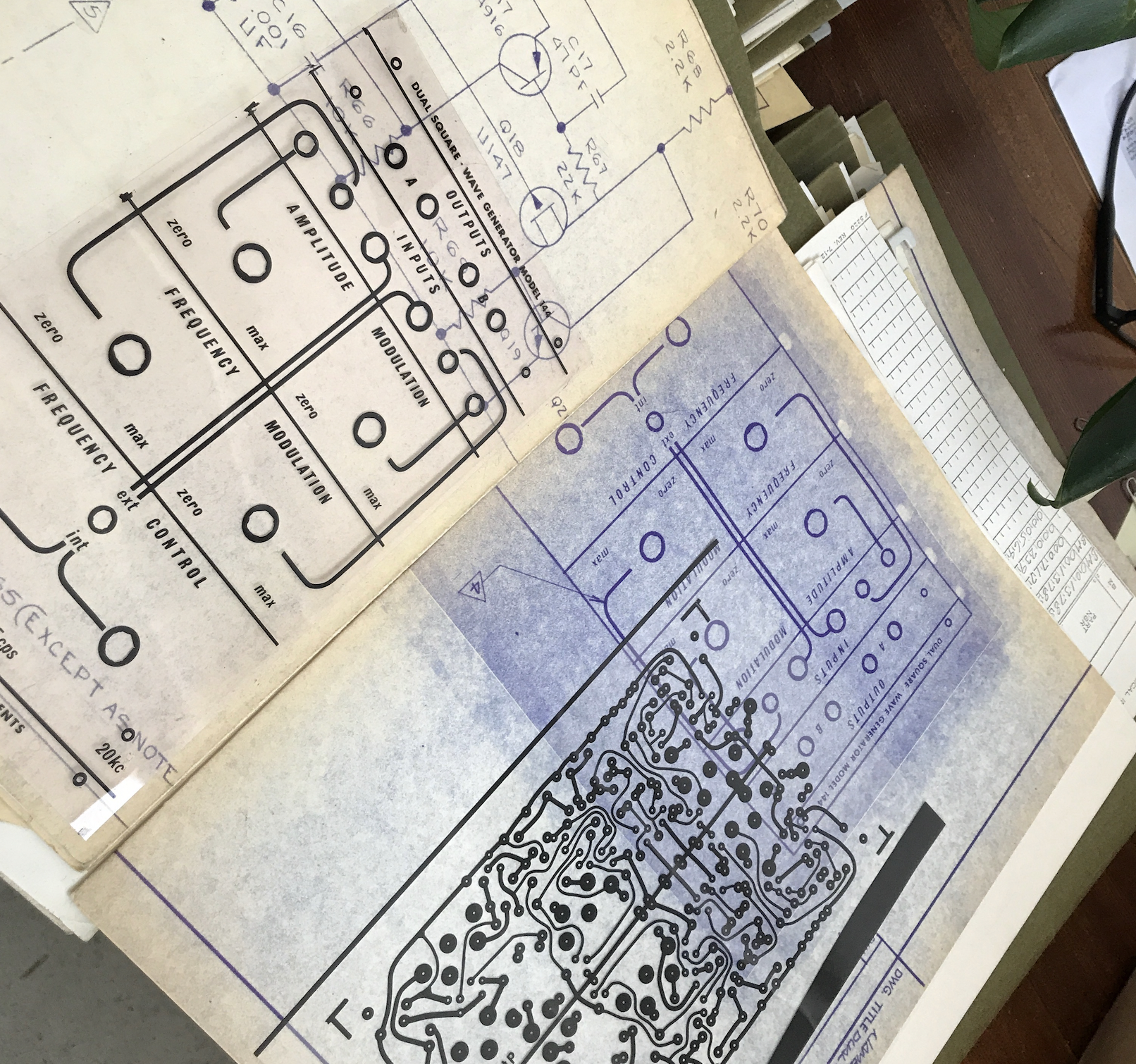
Timbre & Digital Nonlinear Waveshaping
Continuously variable timbre is a hallmark of Donald Buchla’s instruments. While some of his early instruments used analog waveshaping processes, he later turned his focus to digital nonlinear waveshaping: a peculiar technique that originated in late 1960s/1970s computer music research.
Let’s discuss how digital nonlinear waveshaping works, as well as its role in the Buchla Model 360, Touché, 400, 700, and Model 259e.

What is Language?
Language is a critical concept in Donald Buchla's instruments—defining the way that a user interacts with his inventions' sound-generating electronics.
In this post, we’ll discuss the idea of language generally, looking to the Buchla 400 and Thunder as concrete points of reference.

Buchla 400
The Buchla 400 was the prototype for what has became the modern digital audio workstation. Multiple software programs, sophisticated user interface and pre-midi external digital interfacing were all present on this design from 1981. In Part 1 : Overview - we take a look at the 400 Series concept.

Sarah Belle Reid on the Mills Buchla 100
Composer/educator Sarah Belle Reid shares her impressions of the Mills Buchla 100 System…the first modular system that Donald Buchla ever built.

From the Archives
Have you ever wondered why Donald Buchla chose to separate audio and control signals in his instruments? Of course you have.
In early 1971 Don took some time to explain this seemingly bizarre decision for the readers of Source: Music of the Avant Garde. Here it is for your enjoyment and information.

The Garden Weasel
The Music Easel is the ultimate gardening tool. Click here to learn more!




